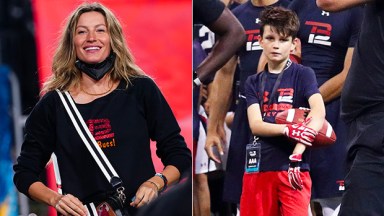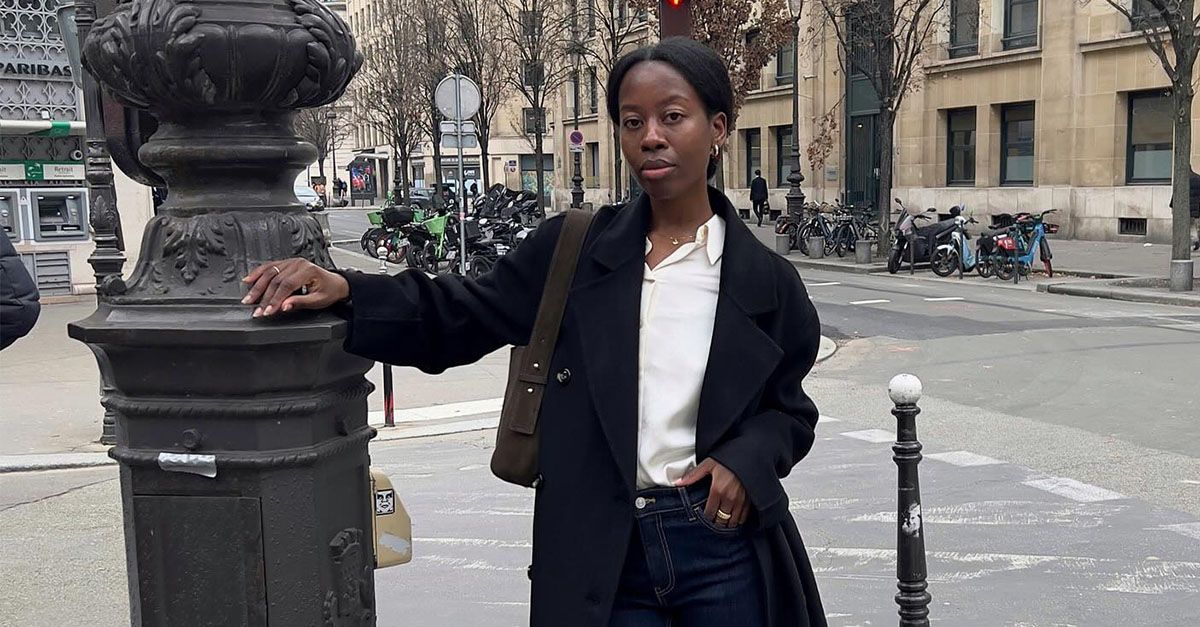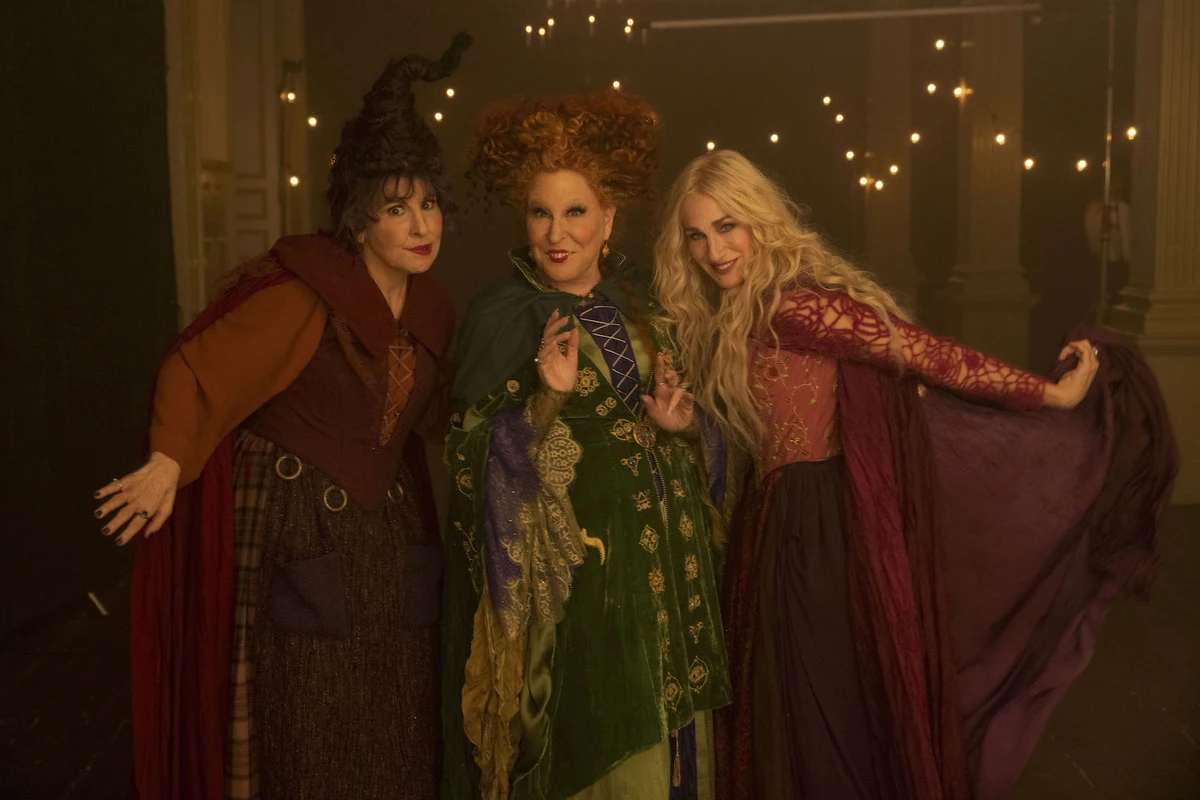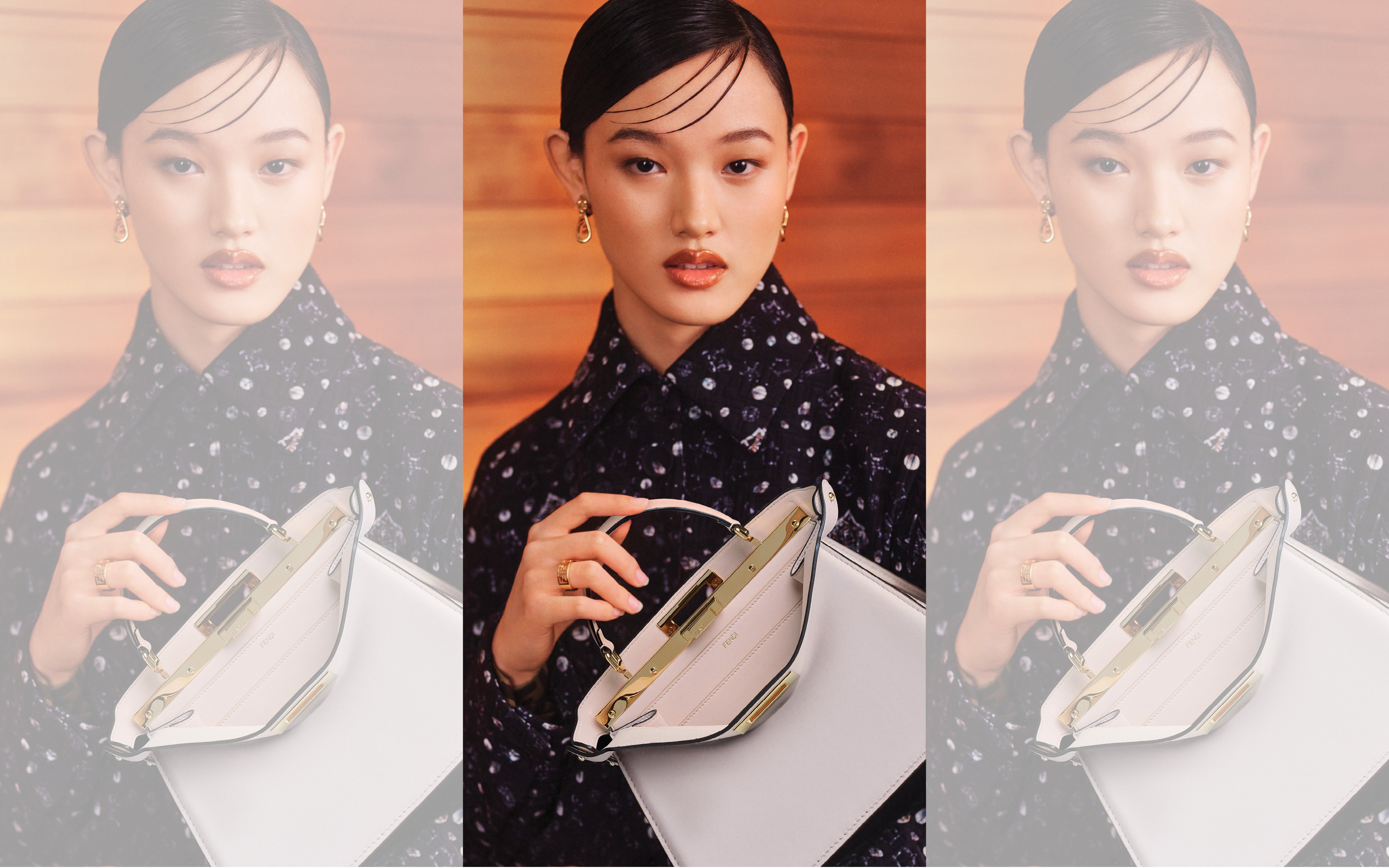Frantic campers scavenge a park ranger’s rucksack inside his abandoned jeep. A shipwrecked sailor drags their waterproof emergency kit ashore. Apocalypse survivors raid a hardware depot after zombies chase civilization far away. Three different horror movie scenarios, all adding a holy grail item to whichever characters’ arsenal. Maybe loaded into a chamber, possibly as a roadside marker, but in any form, someone hoists an invaluable and iconic illumination tool: the almighty flare. Spark it, blast it, or blaze it for instantaneous cinematic ferocity and alarm.
As 2000s nu-metal rockers Chevelle once cautioned: “So lay down, The threat is real. When his sight, Goes red again.”
Maybe I should provide a bit of background at this point. On Twitter, I anointed myself Matt Donato: Champion of The Reds. What are “reds,” you ask? The thickest, richest, most bleeding-heart color filtration that saturates every inch of screen. Crimson cinematography splashes over lenses like Carrie’s sanguine shower on prom night. It’s inescapable, optically provocative, and conveys visual storytelling with just one letter of ROY G BIV. Why did this obsession expose itself after so many years of movie watching? Seeing Kaya Scodelario canvas her flooded Florida homestead with an explosion of darkroom rosiness in Crawl made me realize, “Oh, wait, I officially have a favorite movie trope.”
I specifically call upon the exquisiteness of a “common” flare; an incendiary beacon for panic. What it represents is far more than brightness — most times. Think about any horror scene that strikes a reddish heat, then further anatomize the fundamental elements at play. Granted, choice filmmakers probably do only use a flare to clear viewpoints in otherwise pitch-black locations because, plainly, why not? An easy ticket to skirt around more complicated midnight productions. At face value, at least, we can see what’s about to unfold. Basic, yet beneficial.

‘Lights Out’
There’s more to flare usage than mere representation. Why can’t characters toggle a light switch and bring forth the subdued yellow haze or sanitized whiteness of electric bulbs? Flashlights are more readily accessible in modern culture than flares, and can also play vile tricks when fritzing on and off. Horror movies love teasing audiences, and how better than a strobe effect when heroes smack their personal spotlight against cupped hands in a fit of frustration? Normalized, explainable, and not a difficult prop department request. Also, nowhere near as intriguing as the searing sexiness of a flare’s “rare” temperature.
I cannot understate my appreciation and cult-like devotion to the reds. Figure I should make that crystal clear before phrasing gets any weirder than comparing stoplight colors to a perfectly cooked steak’s insides.
One must understand what color represents in visual storytelling to understand our pre-programmed attraction to red lighting. Immediate connections are love, passion, desire — but in horror films? Danger. Anger. Intentions are paramount when eliciting the reds because if unleashed in a romantic drama, horror aggression is drowned out by holiday candy boxes and floral tokens. American Beauty is often defined by Mena Suvari’s fantasy sequence where her character’s naked body lays on a ceiling-covered bed of rose petals (upside-down world), like a Valentine’s Day gesture only the wealthiest Instagram celebrities could stage. Sam Mendes’ daydream charts the versatility of redness since sublime happiness radiates from music to performances to narration. Remove these safeguards and red becomes a matador’s muleta (stick with red cloth dangling), waved to attract oncoming bulls.
Horror characters are rarely upbeat or overjoyed when burning their starburst lifeline. If you stash a flare in the first place, you’re presumably stranded and in need of rescue. Maybe you’re exactly where you intend to be, but darkness blankets your vision. Flares are only meant for “in case of emergency” situations, and that’s precisely what filmmakers exploit by using fiery handheld bangs that release digestible “red alert” coding. As “passion” is expounded in the example above, “crisis” and “damnation” ratchets up to 11 when the proverbial match is struck within nightmare parameters. Filmmaker Steven C. Miller identifies his recognition and usage of reds as such: “Visually, it signifies a change in character. It feels like the movie is taking a dark turn. For my movies, and when I watch movies, red signifies a sinister turn — it’s about to get good.”
Utilizing red colorization in horror movies is like declaring psychological warfare. Our brains are stimulated by scenes with a cherry-pucker coating unlike the blandness of standard lighting. Chevelle’s lyric “The threat is real” explains why filmmakers would engage “critical error” mode. An unsettling signal in pristine prismatic form.

‘Belzebuth’
Take a movie like Belzebuth, where protagonists flee through Mexican border tunnels with demonic pursuit breathing down their necks. Upon reaching a larger shaft compartment, ignited flares coat crucifix-adorned walls with an essence of imminent danger despite holy protection. We can hear the devil’s guttural pants, along with the fizzle of incendiary flickers, as the flares paint a more vivid reconstruction of Hell that never weakens. These characters are doomed, brought to El Diablo’s doorstep. We know they’re not physically standing in hellfire pits, but the red filtration tricks our minds.
It’s (maybe) the same reason J.D. Dillard reveals his aquatic monster in Sweetheart against an endlessly black pool of water and sky that’s only cleared by a descending flare round in the distance. Kiersey Clemons’ landlocked castaway knows something hunts her, a creature from beneath, but it’s after she pulls the trigger on a flare meant to grab an overhead pilot’s attention that the beast’s form is fully glimpsed. Not only does the ruby aura provide one of the most eye-catching creature reveals in years upon years, but Dillard immediately confirms this ain’t some The Shape Of Water redux. Gillman isn’t here to court Clemons. Nature hath unleashed a snarling beast. No mixed messages.
Or what about Josh Lobo’s I Trapped the Devil, wherein Scott Poythress’ paranoid lead believes he’s trapped the devil in his basement. “Funnily enough, when we first started making I Trapped the Devil, I wanted no color in the entire movie except for the basement,” recalls Lobo. “I wanted it to feel like when [the characters] were stepping into the basement, they were stepping into a Giallo.” When the deep red lighting out of Dario Argento’s color wheel hits the screen, coupled with Chris Sullivan’s booming voice from behind a locked door, it’s heebie-jeebie central. I’m salivating over the contrast of a monochrome movie suddenly hitting the reds at full volume, but what exists doesn’t disappoint. “We shot I Trapped the Devil in 2017. [Filmmakers] were doing that LUT washed-out thing, digital and whatnot. We got to set and figured, why don’t we throw a bunch of color in?” When I think of movies like Helter Skelter (the 2012 manga adaptation) or Mad Max: Fury Road that throw “a bunch of color” in, that’s what Lobo is talking about — and the reason we’ll continue talking about those stunning visual feasts.

’47 Meters Down’
The potency behind breakneck anxiety when flares uncover the worst of outcomes is no better chef’s kiss, as displayed by 47 Meters Down. As Mandy Moore and Claire Holt ascend ocean depths towards surface salvation, their shark rivals go quiet. Too quiet, as trained ears notice. Just then, Moore’s diver Lisa sparks an underwater flare that spotlights three Great White sharks all with their mandibles ready to take big ol’ bites of human flesh. Holy jumpin’ jeepers, you’re not out of Dodge quite yet.
You — the viewer — already know those finned devils are too close for comfort. You know once Mandy triggers that flare there’ll be no good news to deliver. Expectations mount, but even as submerged vastness turns the color of chum before guts spill, director Johannes Roberts honors the sheer brilliance that comes with a quick flare reveal and pops one whale of a screech-worthy punch. It’s why my favorite sequence in Aquaman is “The Trench,” and why Roberts deserves to top James Wan’s call sheet for possible spinoff directors should that project ever revive.
Of course, the reds needn’t be restricted to only flares. The reds cannot be contained. The reds thrust aggression and rage whether beckoned by an implement’s calling or summoned through natural means. Maybe it’s not a flare, but hospital alarms twirling or a police officer’s alternating blue and red siren. Maybe metal-as-fuck blood rain that drowns one of my favorite all-time horror remakes. You cannot escape the reds, nor should you dare. BATHE IN THE SWEETNESS OF BLOODLUST BEAUTIFICATION POURED FROM SATAN’S TIPPED CHALICE…whoa, sorry blacked out there for a minute (just roll with the bit).
Scary Stories To Tell In The Dark wins the “Most Innovative Reds” award for André Øvredal’s Pale Lady chapter in its year of release. We’re talking about a bloated marshmallow woman who shuffles slower than the medication dispensary line at an old folks home. It Follows but at a morphine drip’s pace. With sterilized industrial white lights overhead, Austin Zajur’s scampering away is … passable PG-13 horror. Under heavy rays of concentrated dread, the Pale Lady earns her menace tenfold. Never ceasing, always smiling, while our subconscious inference clues into how Zajur’s teen is irreconcilably destined for a devastating end. Lighting not only amplifies the atmosphere, but shoulders the scene’s heaviest lifting. What CAN’T the reds do?
‘Evil Dead’
How easier to signify a final girl or last stand? When a character’s been broken beyond repair, stripped of their last willful shred of preservation? Think about Fede Alvarez’s Evil Dead, when Jane Levy’s Mia has just lost everything to the Necronomicon. Then a single droplet of bloody rain cracks a downpour of cardinal-tinged soakage that washes away any last remnants of terrified, whimpering Mia. Wrath fuels her grudge match against an underworld clone, furiosity her mainlined adrenaline. Reborn Mia is baptized by torrential amounts of liquified infuriation, as the entire sequence is drenched so memorably as if Heaven and Hell switched places and the latter sprung a glorious leak.
You can even rely on the reds — and colorful approaches — when you seek differentiation in a remake. “[Silent Night, Deadly Night] is super bleak. There wasn’t a lot of color play in the original.” Miller’s approach plants a flag in visuals that set themselves apart with emphasis, immediately drawing you in as a poor victim tangled in Christmas light strings gets axed while reds and greens drown the screen. “Even when I was pitching [Silent Night] early on, it was about the use of color and the movie going from light to dark, or being very dark, or incorporating Xmas colors.” Visuals can be so comforting when preying upon our nostalgia and Miller does a wonderful job recognizing how to bastardize innocence using reds as his weapon. “Red specifically was like, ‘OK, now Santa’s gone dark, he’s really going to take these people out.’”
Miller stresses visual storytelling where original director Charles E. Sellier, Jr. makes a straightforward slasher (no shade), which sets the films leagues apart besides being sibling psycho-Santa slashers. “With Silent Night, it was a motif I was always trying to think about. How do I incorporate Christmas colors but mess with them? How can you manipulate [red and green] so that when you see [those colors] in our film, you’re struggling with the idea of [Silent Night] being so fucked up, yet at the same time, brewing those warm and fuzzy feelings? There’s something so brutal about that.”

‘The Descent’
Did Alvarez draw inspiration from Neil Marshall’s The Descent when pitting Mia versus her Deadite doppelgänger (like Miller, who used the lair scene as a photo reference for Silent Night pitches)? How better to depict your heroine’s most barbaric severing of her wit’s end than utilizing a molasses-thick blood pool circled by gory carcasses even louder in red volumes? Shauna Macdonald’s Sarah lures a female crawler into the “water,” but has this moment where her head emerges with a layer of chunky bile that’s a complete rebirth by the reds — as noted during her psychological breakdown. She’s changed, granting her the strength to puncture through Mrs. Monster’s eye as a killing blow. The gratifying finisher is this howler of a moment, Marshall’s employment of reds an exclamation mark steeped in pure, illustrated violence.
In all these examples, the power has shifted. Fitting, given how red symbolizes power as signified by StudioBinder’s invaluable infographic. Mia fights her manifested demons, Sarah squares against carnivorous cave-dwellers, the Pale Lady targets her mark. Once the reds appear, control shifts from one side to the next. No difference between “good” and “evil,” but a benchmark for when tides are about to sourly or valiantly turn. The same as when any character, all but beaten, uses a flare to signal their final surge into battle. Foreshadowing without the shadow, detailed redder than Stephen King’s Christine.
My goal isn’t simply to assemble a greatest hits playlist of recent reds that’ve assured their place upon my eventual bedroom mural. I chose these examples to relive how one color overlay can elevate the most straightforward presentations. My adoration doesn’t solely scream aesthetic victory. The referenced psychology behind how color palettes influence production design is historical, cataloged, and more impressively interwoven by the day. To acknowledge the impenetrable badassery of said cinematics is one thing, but understanding why you stir the sauce emboldens the purpose. (Tomatoes are red, you use tomatoes in sauce. Give me a break. Do you know how many times I’ve had to find a way to say “red” in this godforsaken article?)
Science doesn’t lie. “Red enhances our physical reactions because it is seen as a danger cue,” confirms the University of Rochester Psychology Professor and leading researcher in the field of color psychology, Mr. Andrew Elliot. In horror’s universe — because context is key when applying reds to exhibit passion or peril — there’s no more versatile ingredient. Research shows that color psychology goes as far to recognize how red hues cause an increase in blood pressure. When hazards lurk only a few frames away, why not boost an audience’s receptive tendencies through cognizant flags in visual storytelling? It’s not cheating, it’s a head start. Filmmakers should weaponize every trick in their artistic arsenal. I mean, comparatively, why wouldn’t any gym rat take pre-workout and protein shakes for an added boost?

‘I Trapped the Devil’
Lobo’s choice to redden the basement in I Trapped the Devil is an exemplary spot of atmospheric upgrade. “I wanted to make a stage play mood piece. It was about creating as thick of an atmosphere as possible.” Basements in horror movies are already creepy with cobwebs and crawlspace hiding spots, but wielding color as a preemptive attack triggers a heightened level of disturbance. “We wanted each area of the house to have its own specific feel, and the evil takes place in the basement, so having the only source of light pulsing red was eerie and atmospheric.” Lobo’s instincts are impeccable, creating a space that offers no comfort before a line of dialogue is uttered.
“Red signifies the devil. It’s a deep, deep dark red, so it feels like the basement sequences are hellish and surreal. [They] start to defy logic — it’s a fever dream.”
Considering how Elliot also documents his test subjects were more attracted to others when wearing red, maybe that explains my obsession (and way more about my personal life than I’d like to admit). I’m a sucker for reds, and they damn-well know. They trigger, ensnare, and seem to prompt the most extreme emotional responses whether we’re actively aware or not. Hell, that’s why I’ll never be able to turn down a glistening candied apple in that succulent red glaze, or why puckered red lips are a universal sign of seduction. In the horror genre, reds are the storytelling device that grabs our attention and assures us something volcanic is on the way — just as we’d hope.
Next time you’re watching a scary movie like Resident Evil: Afterlife (one of Lobo’s favorite red-lit scenes) or animal attack flick Backcountry and notice The Reds™, analyze the moment. Is a flare just the easiest way to introduce visibility, or is situational dominance about to shift? Is a fight between characters about to tailspin wildly out of control? Is the filmmaker attempting to boil your blood before an impending uptick in action? Study the production designer’s composition, question the cinematographer’s framed intentions, and ponder what the director means to convey with his chosen color palette. Oh, and most of all? Think about how much I’d appreciate those awe-striking, all-telling reds.
Editor’s Note: This piece was originally published on the now defunct website Haw Creek Horror, and has been updated with fresh analysis for Bloody Disgusting.


























































![Mason Ramsey – Twang [Official Music Video] Mason Ramsey – Twang [Official Music Video]](https://i.ytimg.com/vi/xwe8F_AhLY0/maxresdefault.jpg)







:quality(85):upscale()/2023/08/08/727/n/1922564/917f2f3c64d26d1bab4c85.44977355_.jpg)















